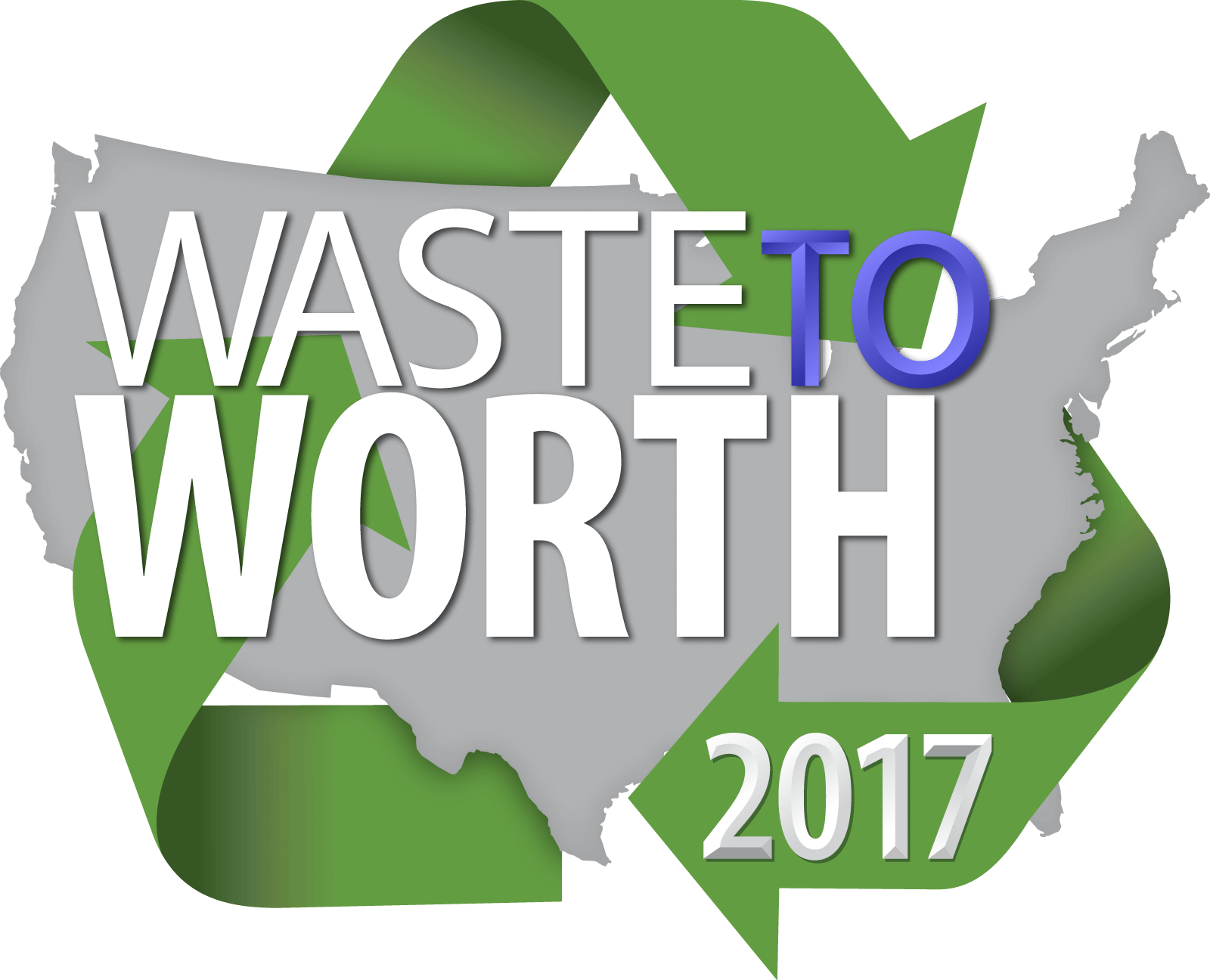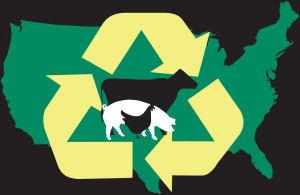Have you ever wondered whether manure should be treated on your livestock operation? What technology will work best in your situation? This webinar discusses strategies for selecting the right technology to meet your farm’s needs and reviews some proven and emerging technologies that are showing promise for the dairy industry. This presentation was originally broadcast on February 16, 2018. More…
What software do you need to view the slides and the videos?
The embedded videos can be viewed full screen …




 If your farm stores oil, fuel, or oil products, you should take note of the Spill Prevention, Control, and Countermeasures (SPCC) program. This rule applies to storages of a certain size and places some planning requirements on the farm. Speakers also discuss the proposed exemption for certain milk containers.
If your farm stores oil, fuel, or oil products, you should take note of the Spill Prevention, Control, and Countermeasures (SPCC) program. This rule applies to storages of a certain size and places some planning requirements on the farm. Speakers also discuss the proposed exemption for certain milk containers.